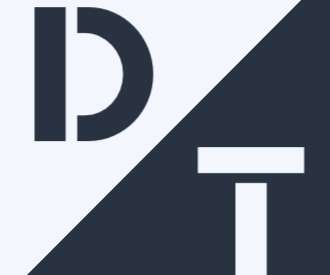Flexible VC, a New Model for Companies Targeting Profitability
David Teten
JANUARY 19, 2021
More and more startups are pursuing Revenue-Based VCs , but “RBI” doesn’t fit everyone. From traditional equity VC, Flexible VC borrows the option to pursue and reap the rewards of an outsized exit. Flexible VC 101: Equity Meets Revenue Share. Equity Ownership. Yes, typically preferred equity. Example VC.












Let's personalize your content